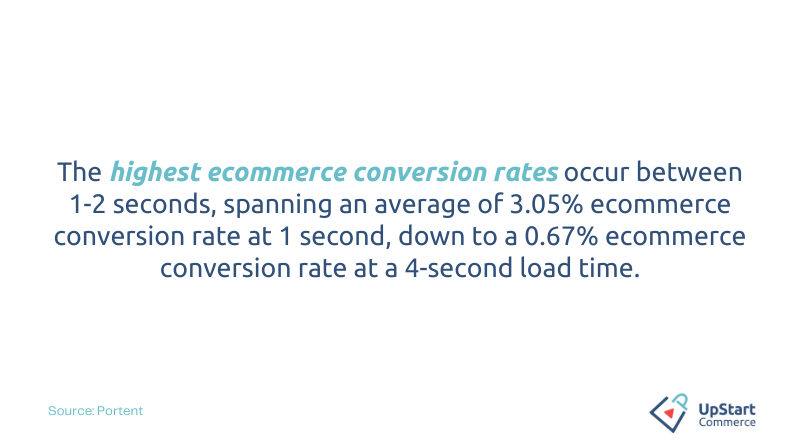Retailers face endless challenges to keep up with changing consumer demands and technology advancements. Unsurprisingly, many retailers are transitioning to a headless model for their ecommerce platforms. But what exactly is headless ecommerce, and why should you consider switching? In this blog post, we’ll explore eight compelling reasons to embrace headless ecommerce and the benefits for your business, customers, and overall online presence.
What is Headless Ecommerce?
Headless commerce is an architectural approach that decouples the front-end presentation layer (also called the “head”) from the back-end. In traditional ecommerce, the front-end and back-end are tightly coupled in a single platform. However, headless architecture creates independent front- and back-end experiences. They communicate through APIs (Application Programming Interfaces).
The front-end includes the user interface and controls the customer experience. The head can be built using multiple technologies, such as JavaScript frameworks like React. Meanwhile, the back-end handles business logic, database management, and order processing.
To know more about Headless commerce, its benefits, and all about replatforming read our blog post “Headless Commerce: What Retailers Need To Know Before Replatforming”
Reasons to Embrace Headless Ecommerce in 2023 and Beyond
Headless ecommerce allows for lightning-fast page load times, which is crucial for maximizing conversions. Research from Portent shows that even a one-second delay in page load time can lead to a significant drop in conversion rates. Adopting a headless architecture provides a seamless and optimized shopping experience, enhancing customer satisfaction and driving higher conversion rates.

Elevate Customer Satisfaction
With a headless ecommerce approach, you can deliver a smoother and more enjoyable shopping experience for your customers. Unlike traditional platforms, headless architecture eliminates the need for page refreshes, creating a modern, app-like browsing experience that shoppers enjoy. This enhanced usability can significantly improve customer satisfaction and encourage repeat purchases.
Embrace Omnichannel Experiences
Headless ecommerce empowers retailers to deliver consistent and cohesive experiences across multiple channels. Whether social media platforms like TikTok, Snapchat, and Instagram, or marketplaces like Amazon, headless architecture allows for seamless integration and creates a unified brand experience. Embracing omnichannel capabilities can help you reach a broader audience and drive sales from various touchpoints.
Personalization and Unique Brand Experiences
Today’s modern ecommerce demands include more than just offering products and competitive pricing. Consumers want personalized experiences that resonate with their values. Headless ecommerce enables dynamic and real-time personalization, allowing you to tailor content, recommendations, and interactions to individual customers. Delivering unique and engaging experiences lets you differentiate your brand and build stronger customer connections.
Flexibility for Rapid Adaptation
Agility and flexibility are crucial for staying competitive in the retail industry. Headless ecommerce offers the flexibility to add or remove features quickly and integrate new technologies seamlessly. With this modular approach, you can experiment with new functionalities and vendors, adapting to evolving market trends and customer expectations with ease.
Agile Development and Faster Time-to-Market
Traditional ecommerce systems often suffer from complex architectures that slow down development cycles. The headless architecture eliminates these bottlenecks, enabling faster and more efficient development. By decoupling the front-end user experience from the back-end infrastructure, retailers can make changes and updates in specific areas without disrupting the entire system. This agility allows for quicker releases and faster improvements.
Seamless Integration with Modern Technologies
Headless ecommerce gives you the freedom to choose the most suitable technologies and architectures for your business. Retailers can use APIs and microservices to seamlessly integrate their chosen technologies into the ecommerce ecosystem. This flexibility ensures that businesses stay up-to-date with the best tools available, enhancing efficiency and scalability.
Future-Proof Your Business
Embracing headless ecommerce prepares your business for the unknowns of the future. As technology continues to evolve, customer expectations also change. With headless architecture, you can continuously adapt, test, and grow without being constrained to legacy systems. This future-proof approach positions businesses to navigate market changes and capitalize on new opportunities.
Conclusion
Headless ecommerce offers a compelling solution for modern retailers seeking to elevate their online presence and meet the evolving needs of customers. From improved performance and seamless omnichannel experiences to enhanced personalization and agility.
